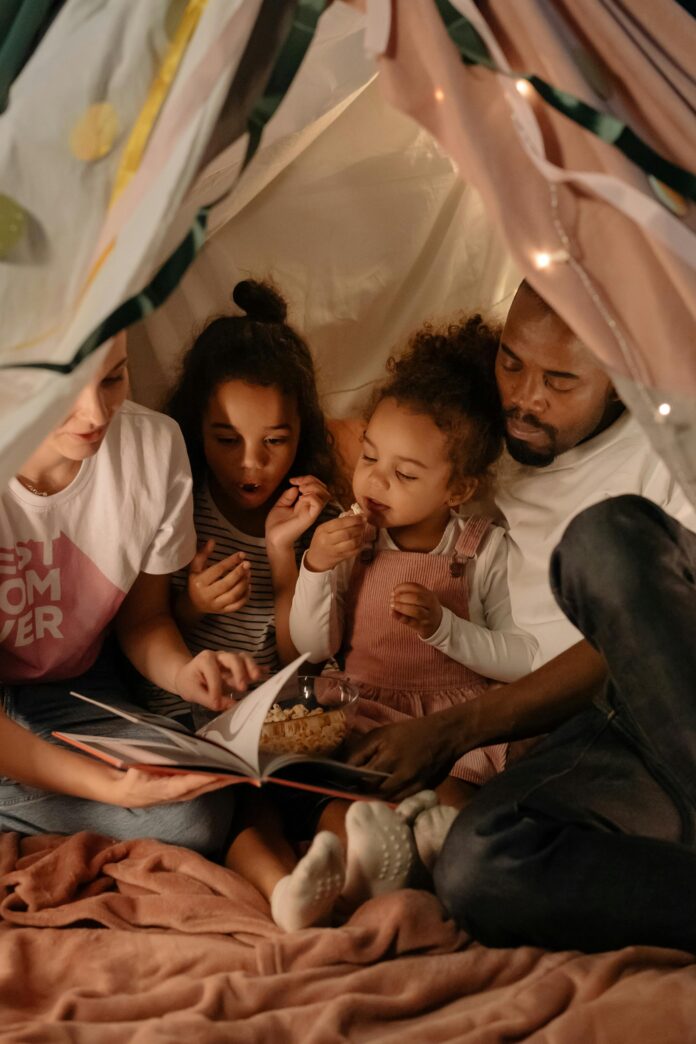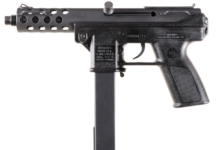
As I write this, it’s mid-September and fall is coming, quickly to be followed by the cold winter months. Where I live, wind chills down to negative double digits aren’t uncommon. If the furnace goes out, it can be downright dangerous. Creating an indoor microclimate could prove life-saving.
What is an Indoor Microclimate?
If you lose the ability to heat your home during cold weather, such as a mechanical failure with your heat system or just a run-of-the-mill power outage, it can get pretty cold inside, especially overnight. The idea with an indoor microclimate is to create a small space that can be kept warm enough to allow everyone inside to be safe from the cold.
You’ll still want to bundle up a bit, such as tossing on an insulated jacket. But the shelter you build or use will go a long way toward keeping everyone more comfortable until the sun comes up.
While many of us have one or more portable heaters, those require power or fuel to function, which may be non-existent or in short supply. Even if running them is feasible, an indoor microclimate will help them be more efficient.
How Does It Work?
The concept is pretty simple, but there are a few different ways to approach it. The simplest is to pile everyone into the smallest room of the home. Bear in mind that you might be in there overnight or even longer. So, keeping three kids, two adults, and a couple of dogs in the half bath might not be all that comfortable.
A better option would be to use the smallest bedroom. Hang blankets over the windows and door to insulate the room. Depending on how many warm bodies you have in the room and the size of the room itself, body heat alone can start to raise the room’s temperature fairly soon.
Another way to create an indoor microclimate is to set up a tent in the bedroom or living room. Pro tip: you don’t need to stake it down. Toss a blanket over the top of the tent to provide some extra insulation. Everyone climbs inside with their favorite blanket or sleeping bag and pillow for a slumber party.
If a tent isn’t an option for you, let your inner child out to play and build a fort with kitchen chairs, couch cushions, and the like. Pile on comforters and blankets for insulation and crawl inside. No, this isn’t anyone’s idea of an ideal situation, but it beats shivering the night away.
If you have kids in the mix, they might think this is the coolest thing ever, so try to have some fun with it. They might someday tell their own children about the time their family spent the night in a blanket fort because it was so cold outside.
Insulation is Key
No matter how you build it, the indoor microclimate needs to be insulated. Anything you can pile on top of the tent, fort, or whatever will help. Grab bedding from every bedroom and toss it on.
If you’ve ever spent the night on the cold ground outside, you understand the importance of insulation underneath you. Don’t make that same mistake with indoor microclimates. Put a blanket or comforter on the floor first, then build your shelter on top of it.



